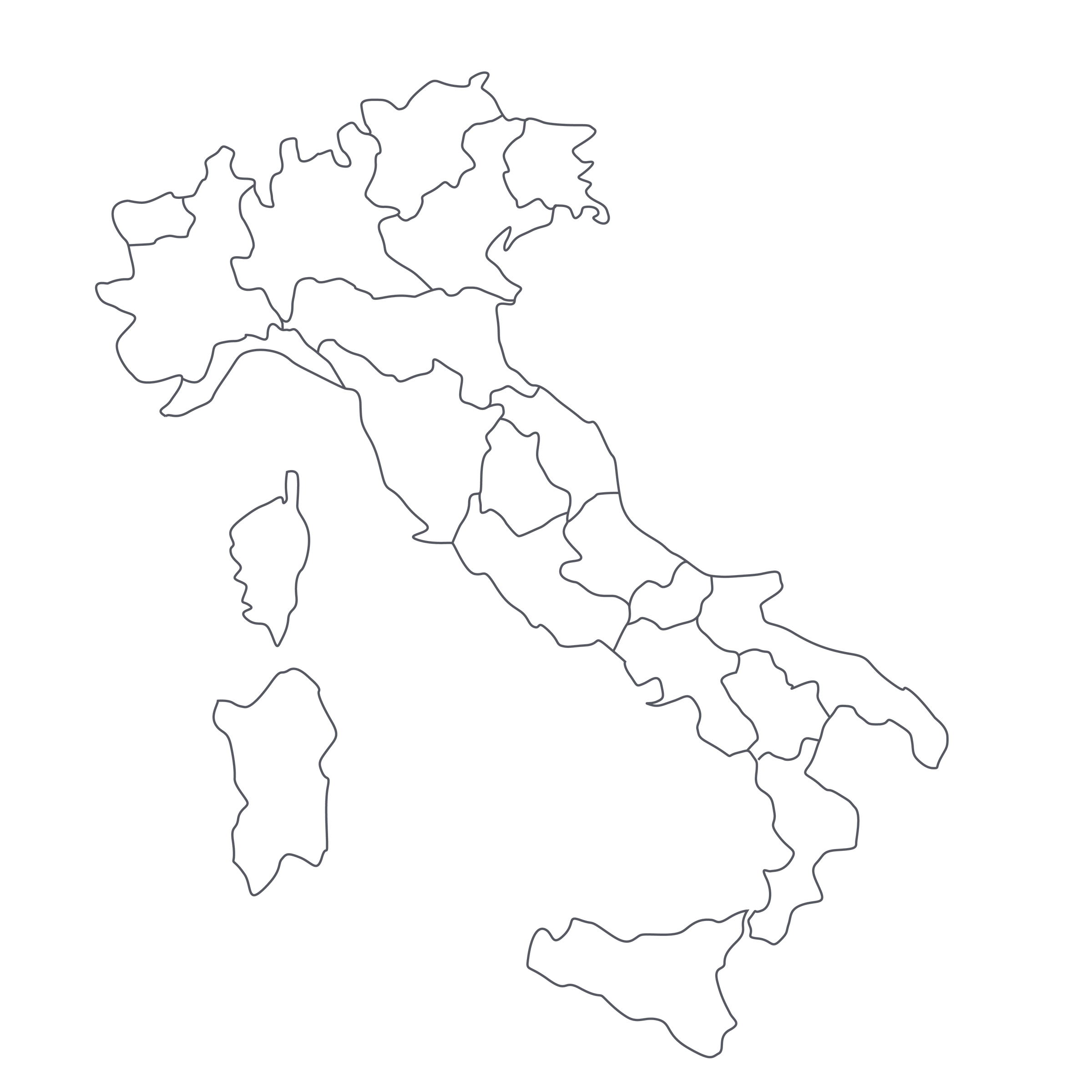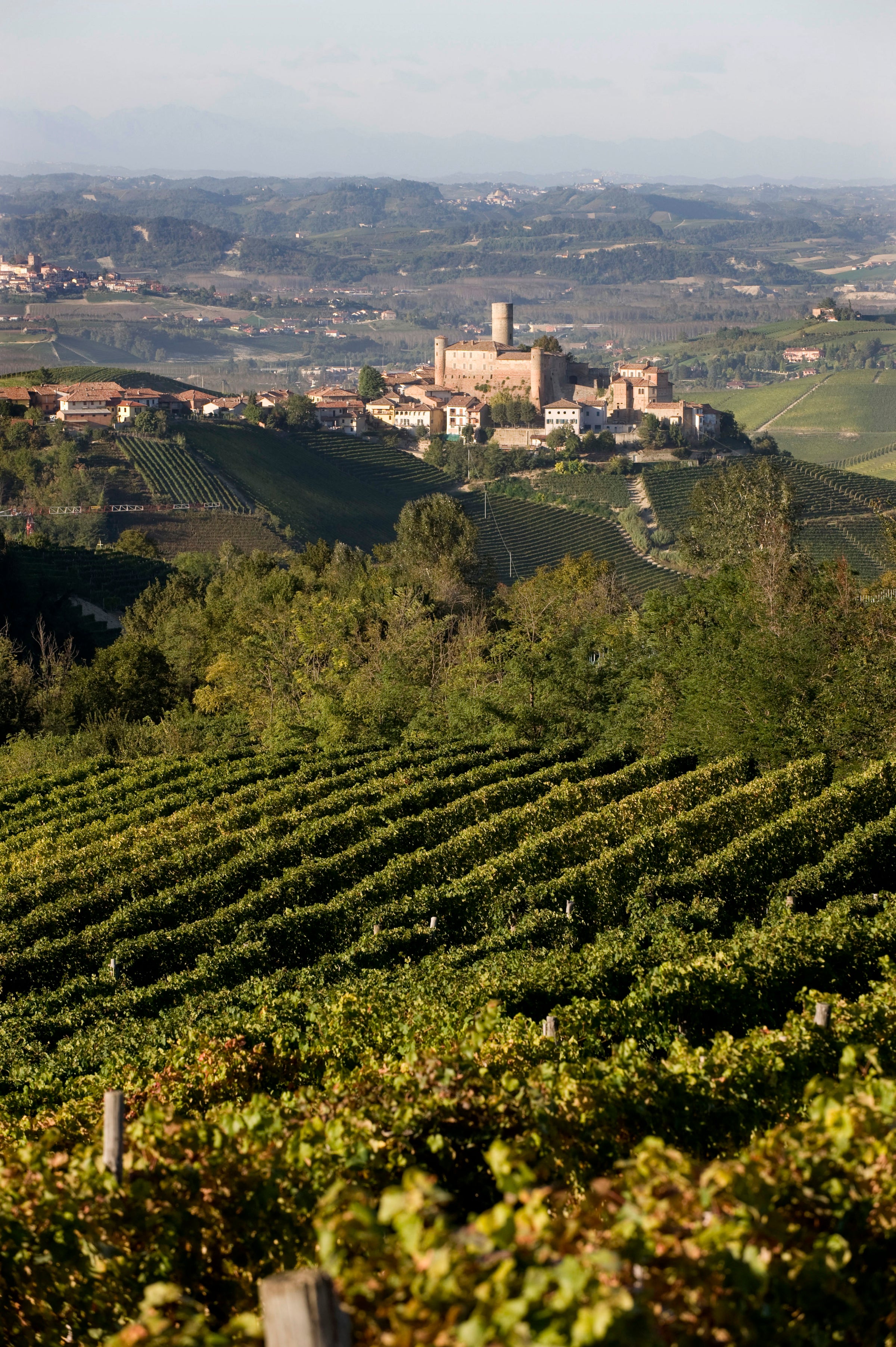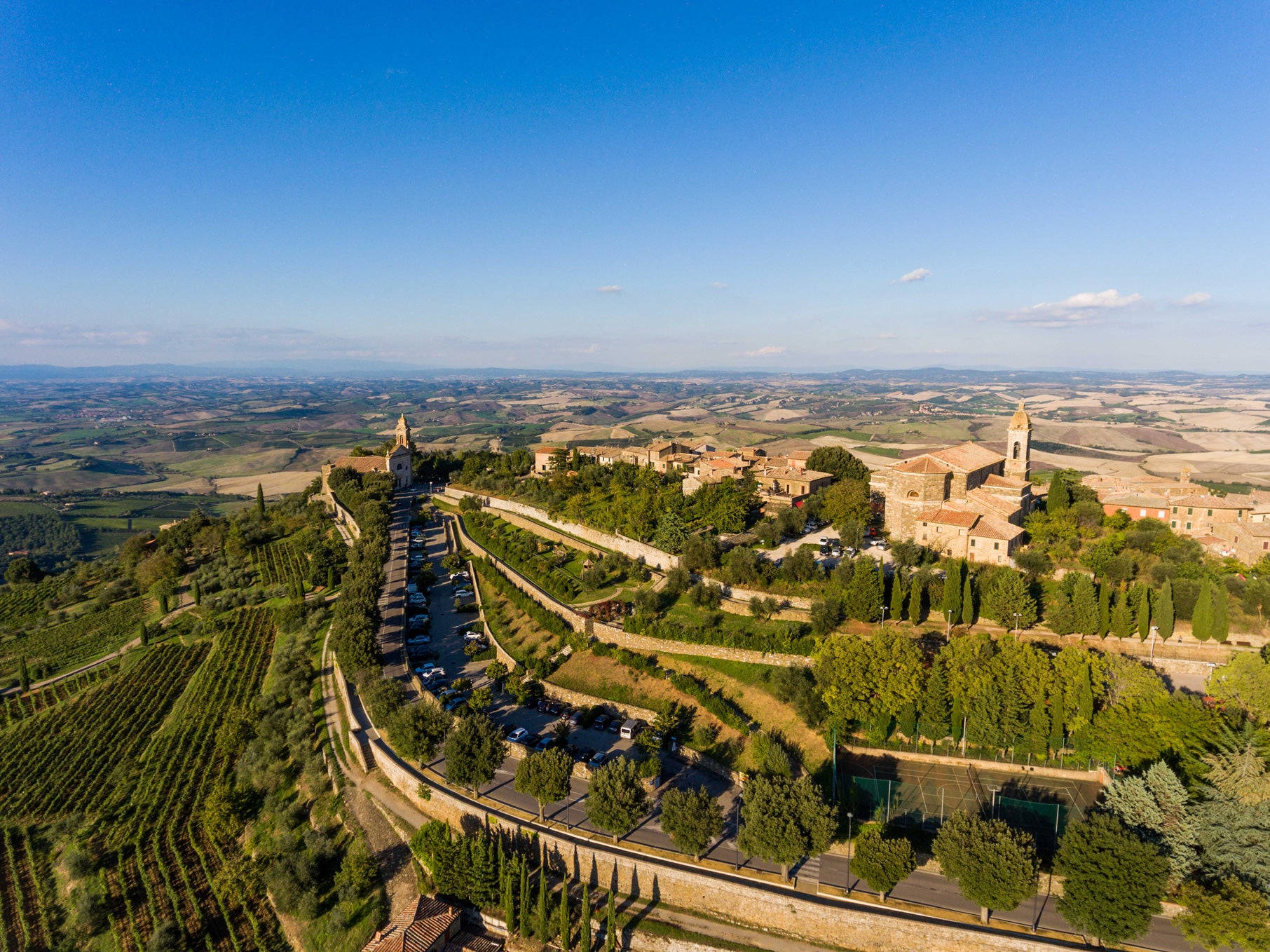Not every wine we offer here is going to have an epic backstory, be it produced in eyedropper quantities, or from some grape only five people have ever heard of. Sometimes, like today, it’s going to be a familiar wine that happens to be really, really good. Like, best-in-class good. This well-priced Vino Nobile di Montepulciano lodged itself in my taste memory the way a seasoned character actor steals an entire film with just a few lines of dialog.
And I wasn’t alone: Whereas most wines on the SommSelect tasting table spark some type of debate, this one achieved unanimous consent instantaneously, with nothing more than approving nods exchanged. If you appreciate classic Sangiovese, unclouded by excess oak or “international” grape varieties, this 2016 from Rudi Bindella’s Tenuta Vallocaia is going to stop you in your tracks, as it did me. Not only does it eclipse countless Brunello di Montalcino wines costing twice as much, it made me question why more Brunellos couldn’t be more like it: It is a case study in varietal character and balance, a seamless melding of fruit/acid/tannin and of fruit/earth. It’s got plenty of power and lots of positive evolution still ahead of it, and yet it is so utterly compelling now I can’t wait to pull the cork on another bottle. If “perfectly realized Tuscan Sangiovese” isn’t compelling enough, you must not be a fan of Tuscan Sangiovese. Otherwise, it’s time to pounce!
Pounce is exactly what Swiss-born Rudi Bindella did once he laid eyes on the “Vallocaia di Sotto” farm, just outside the historic town of Montepulciano, in 1983. The “dilapidated” property had only a few hectares of vineyards in production then, but Bindella, a wine importer and restaurateur, knew that it sat in a prime location within the Montepulciano DOCG zone—a sub-zone called Argiano, which is known for its silty, sandy soils. The first vintage of Vino Nobile carrying the Bindella name was 1985, and Bindella continued to methodically acquire vineyards, eventually growing the estate to its current 27 hectares. Along the way, he picked up and invaluable collaborator in agronomist/winemaker Giovanni Capuano, who first came aboard in 1998 and became Estate Director in 2006. It’s been a slow build (a new winery and hospitality facility just came online recently) and the proportions of the estate—relative to Montepulciano titans like Poliziano and Avignonesi—remain modest. The estate is not yet certified, but organic farming practices have been in place since the late-1980s, making Vallocaia one of the region’s earliest adopters.
Over the years, I’ve seen the wines listed under the names Bindella or Tenuta Vallocaia; these days, the flagship Nobile di Montalcino bottling is named “Bindella” and is sourced from vineyards in two neighboring subzones: “Vallocaia,” home of the original farm in Argiano, and “Camparone,” in Cervognano. It hews to Montepulciano tradition by remaining a Sangiovese-driven blend rather than a “varietal” wine, with 85% Sangiovese supported by the traditional supporting cast of Colorino, Canaiolo, and Mammolo. The wine was aged for 20 months in large oak casks and then six months in bottle before its initial release, and additional bottle age has enabled the development of some appealing mature notes to complement the deep, juicy fruit.
As I said above, few Tuscan reds in my recent memory have captured Sangiovese’s multitudes quite like this one: It is fresh and tangy without being too tart; structured without any bitterness to the tannins; and deeply savory without being dirty. This is a finicky variety that has found its happy place in Bindella’s 2016: Deep garnet red in color moving to pink at the rim, with heady aromas of black cherry, currant, cranberry, balsamic, tobacco, leather, and underbrush. It is medium-plus in body and perfectly sculpted, with well-managed tannins that frame, rather than mask, the fruit. It has a very broad, solid feel on the palate, such that you can’t imagine a wine needing to be any “bigger” to get its point across. Decant it 30 minutes before serving in large Bordeaux stems and you’ve got a very complete Sangiovese experience to enjoy, although if you’re so inclined, don’t be afraid to lose a bottle or two for revisiting sometime around 2026. It’s going to get there, and whether it’s now or then, you should be there to greet it with a beautiful cut of beef, a roast duck, or, for those who don’t eat meat, a classic ribollita with beans and black kale. We’re talking “Tuscany 101” here, a course I’m always happy to repeat. Enjoy!




